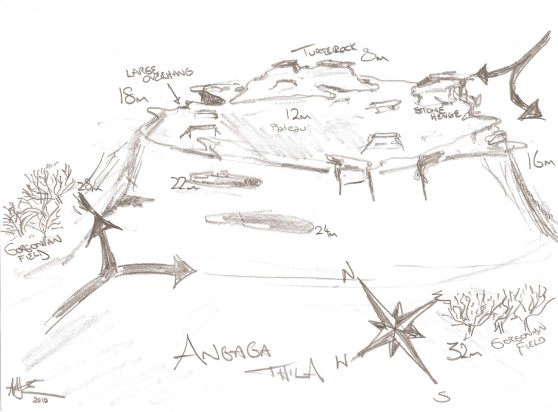-
Subscribe
Subscribed
Already have a WordPress.com account? Log in now.
 ‘Thila’ is a very common word in the northern atolls for underwater pinnacles which do not rise all the way to the surface. ‘Haa’ is another word used more in the south to describe pretty much the same thing but on a larger scale.
‘Thila’ is a very common word in the northern atolls for underwater pinnacles which do not rise all the way to the surface. ‘Haa’ is another word used more in the south to describe pretty much the same thing but on a larger scale.